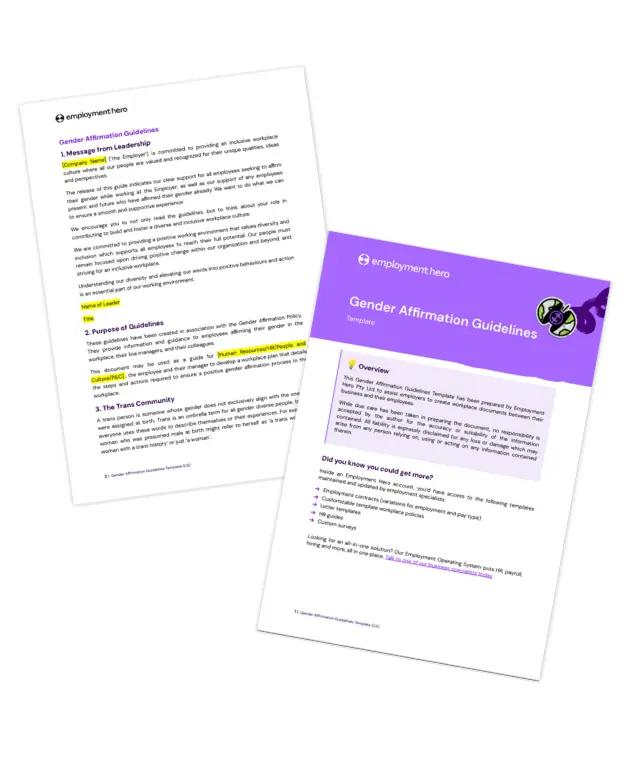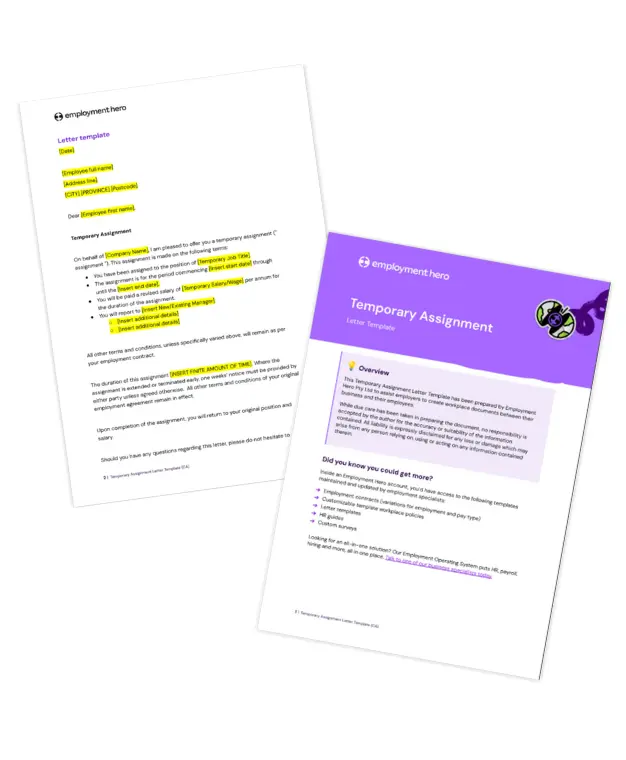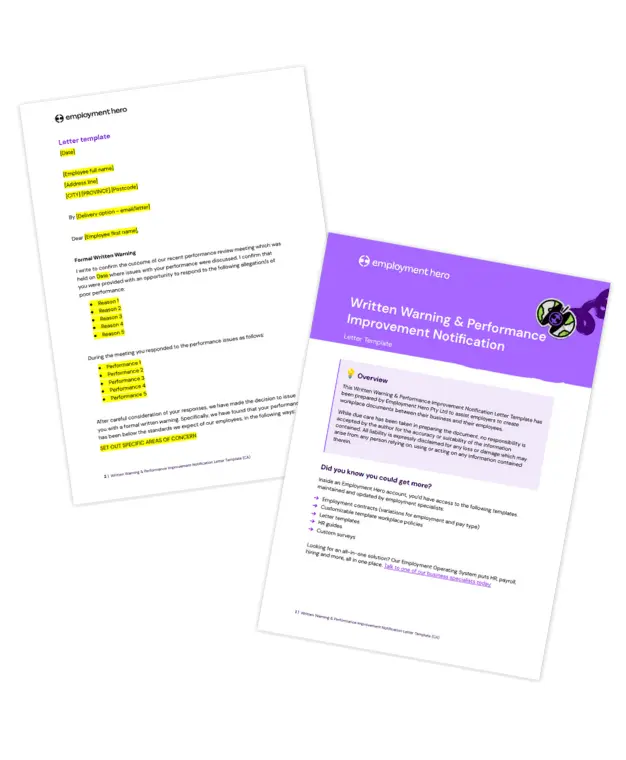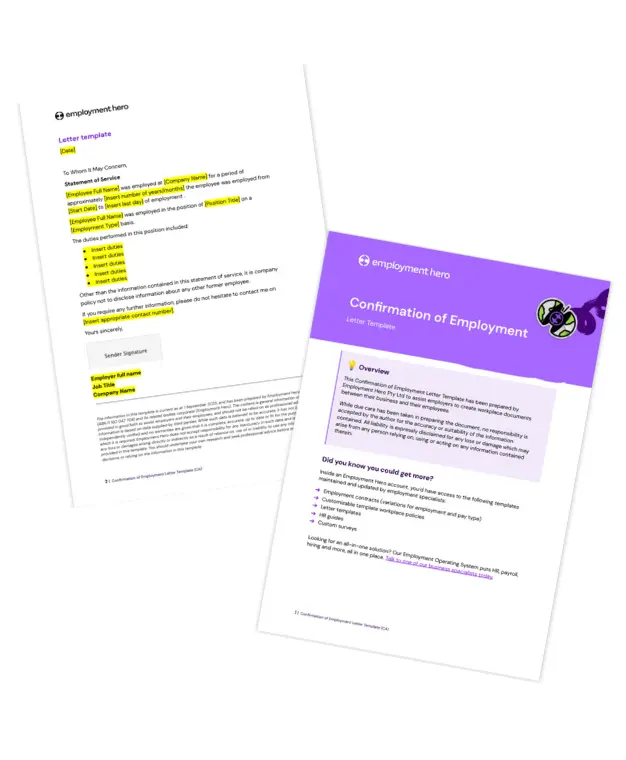Gender affirmation policy for Canadian employers
Published
Gender affirmation policy for Canadian employers
Published
Creating a safe and inclusive workplace is a top priority for modern Canadian employers, and a gender affirmation policy is a cornerstone of this commitment. A gender affirmation policy is a set of guidelines and procedures designed to support employees who are affirming their gender in the workplace. It ensures that an organization provides a respectful and supportive environment for all employees, regardless of their gender identity. By having a clear policy, employers not only meet legal obligations under Canadian human rights laws but also signal to their staff and the public that they are committed to diversity and inclusion.
Our downloadable template is a comprehensive guide tailored for Canadian businesses. It includes detailed sections on communication, privacy and best practices to ensure a smooth and respectful gender affirmation process for employees, managers and colleagues. By using our template, you can easily develop a policy that is both compassionate and compliant with Canadian labour standards.

What is a gender affirmation policy in the workplace?
A gender affirmation policy is a formal document that provides clear guidance for employees who are affirming their gender. It outlines the steps an employer will take to support the individual and it educates managers and colleagues on their roles and responsibilities. The policy helps ensure that all aspects of an employee’s professional life—from their name and pronouns to their access to facilities—are handled with respect and dignity.
Importance of the policy
Having a gender affirmation policy is more than just a gesture; it’s a vital tool for creating a truly inclusive workplace. A robust policy:
- Promotes a positive culture: It sends a clear message that your organization values and supports every employee.
- Reduces risk: It helps prevent misgendering, discrimination and harassment, reducing the risk of legal challenges and reputational damage.
- Increases employee wellbeing: It gives employees the security and confidence to be their authentic selves at work, which can lead to higher morale, better productivity and increased retention.
What makes a good policy?
A good gender affirmation policy is one that is:
- Clear and concise: It uses simple, direct language that everyone can understand.
- Inclusive: It uses inclusive language and acknowledges the diversity of gender identities (e.g., non-binary, genderqueer).
- Actionable: It provides specific steps for employees, managers and HR to follow.
Gender affirmation policy vs. gender transition policy
While often used interchangeably, “gender affirmation” and “gender transition” policies have slightly different focuses. A gender transition policy traditionally focuses on the medical and legal process of changing one’s gender, often including specifics on medical leave, legal name changes and the timeline of a physical transition.
A gender affirmation policy has a broader scope. It is more about a person’s social affirmation in the workplace, which may or may not involve medical or legal steps. This includes using a person’s chosen name and pronouns, ensuring access to appropriate facilities and educating colleagues. The focus is on affirming the person’s gender identity as they define it, without requiring specific medical or legal steps.
Here is a side-by-side comparison:
| Feature | Gender affirmation policy | Gender transition policy |
|---|---|---|
| Primary focus | Social and psychological support for an employee’s chosen gender identity. | Medical and legal processes involved in changing gender. |
| Scope | Broader; applies to any employee affirming their gender, regardless of medical or legal steps. | Narrower; often focused on a person undergoing a medical or legal transition. |
| Key elements | Using correct names and pronouns, facilities access, dress codes, communication plans | Medical leave entitlements, legal name change procedures, health benefit coverage. |
| Language | Uses inclusive and affirming language, acknowledging that affirmation is a personal process. | May be more clinical or procedural, focusing on the steps of a “transition.” |
Key components of a gender affirmation policy
A comprehensive gender affirmation policy should be structured to provide a clear roadmap for all parties involved.
Statement of purpose and leadership commitment
This section should start with a clear message from company leadership, affirming the organization’s commitment to diversity and inclusion. It sets the tone for the entire policy and demonstrates that support for employees who are affirming their gender comes from the top down.
- Why it matters: This sets a strong foundation and communicates the company’s values, making employees feel safe and supported from the outset.
Definitions and inclusive language
A good policy includes a glossary of terms related to gender identity, such as cisgender, transgender, non-binary and pronouns. This section educates all employees and ensures a shared understanding of the language used.
- Why it matters: This component minimizes misunderstandings and provides a common vocabulary, reducing the chance of misgendering or using offensive language.
Guidelines for employees affirming their gender
This section should provide a step-by-step guide for employees. It should detail who to contact (e.g., HR, manager), how to develop a workplace plan and what supports are available. It should also specify how the employee can update their name, gender marker and other records.
- Why it matters: This empowers employees by giving them a clear, confidential process to follow, ensuring they feel in control of their own journey.
Guidelines for managers and colleagues
This is a critical section that educates managers and colleagues on their role as allies. It should include guidance on using correct pronouns, maintaining confidentiality and addressing any negative behaviour. It should also provide resources for further education.
- Why it matters: This prepares the entire team for the change, fostering a supportive environment and preventing missteps that could harm the employee.
Download our gender affirmation policy template
Our free downloadable template is an essential resource for any Canadian employer looking to build a more inclusive workplace. The template includes all of the key components mentioned above, pre-filled with best-practice language that you can easily customize to fit your company’s culture and specific needs.

Best practices to support gender-affirmation in the workplace
Beyond having a written policy, actively supporting gender affirmation requires ongoing effort and commitment.
Education and awareness training
Provide regular training for all employees on gender diversity and inclusion. These sessions should cover topics like the importance of pronouns, respectful language and how to be a good ally. This creates a more informed and empathetic workforce.
Review and update all policies
Ensure that other company policies—such as dress code, bathroom access and anti-harassment policies—are inclusive of all gender identities. This prevents conflicts and ensures consistency across all areas of the business.
Create an inclusive communication strategy
Work with the employee to create a communication plan that respects their comfort level. This could involve a company-wide announcement or a more private, one-on-one approach. Always prioritize the employee’s wishes regarding their privacy.
Fostering a truly inclusive workplace
Implementing a gender affirmation policy is a powerful way for Canadian employers to create a workplace where every employee feels seen, respected and valued. By providing clear guidelines, promoting education and modelling a commitment to inclusion, you can build a team that is not only diverse but also cohesive and resilient.
The information in this template is current as at 1 August 2025, and has been prepared by Employment Hero Pty Ltd (ABN 11 160 047 709) and its related bodies corporate (Employment Hero). The content is general information only, is provided in good faith to assist employers and their employees, and should not be relied on as professional advice. Some information is based on data supplied by third parties. While such data is believed to be accurate, it has not been independently verified and no warranties are given that it is complete, accurate, up to date or fit for the purpose for which it is required. Employment Hero does not accept responsibility for any inaccuracy in such data and is not liable for any loss or damages arising directly or indirectly as a result of reliance on, use of or inability to use any information provided in this template. You should undertake your own research and seek professional advice before making any decisions or relying on the information in this template.
Register for the template
Related Resources
-
 Read more: Temporary assignment letter template for Canadian employers
Read more: Temporary assignment letter template for Canadian employersTemporary assignment letter template for Canadian employers
Need to draft a temporary assignment letter? Use our expert template to clearly outline employee roles, duration & expectations for…
-
 Read more: An employer’s guide to written warning (+Free template)
Read more: An employer’s guide to written warning (+Free template)An employer’s guide to written warning (+Free template)
Need to issue a written warning? Stay compliant and professional with our expert guide and free warning letter template.
-
 Read more: Employment verification letter template for Canadian employers
Read more: Employment verification letter template for Canadian employersEmployment verification letter template for Canadian employers
Get employment verification right the first time. Learn what to include and why it matters. You can also download our…

















